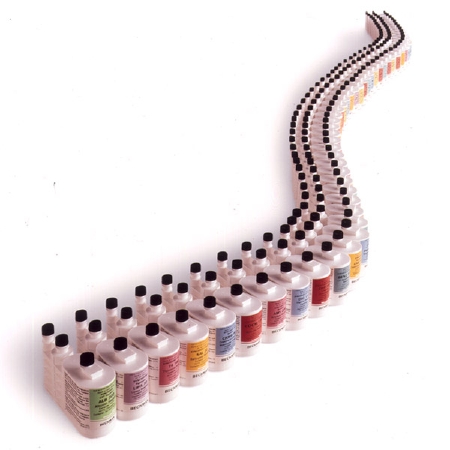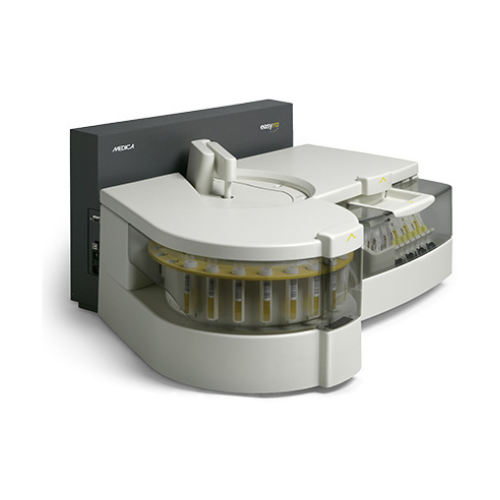For Business Use Only. Does Not Ship to Residential Addresses. For use inside an Analyzer, Sold Separately.
OSR6186 Olympus Fe Reagent (4x500 tests)
Product Code: OSR6186
Shipping Weight: 10.00lbs (4.54kg)
Specifications
Manufacturer: Beckman Coulter
Country of Origin: Ireland
Application: Reagent
Number of Tests: 4 X 500 Tests
Test Name: Iron
Test Type: General Chemistry
UNSPSC Code: 41116004
Intended Use
System reagent for the quantitative determination of Iron in human serum on Beckman Coulter AU analyzers.
About Fe Reagent
Iron (non-heme) measurements are used in the diagnosis and treatment of diseases such as iron deficiency anemia, hemochromatosis (a disease associated with widespread deposit in the tissues of two iron-containing pigments, hemosiderin and hemofuscin, and characterized by pigmentation of the skin), and chronic renal disease. Transferrin is the major iron carrying protein in the serum.
Methodology
In 1954, Schade et al. introduced a method for the direct determination of serum iron. The iron level was determined by incubating the serum in a phosphate buffer with ascorbic acid and terpyridine. Goodwin, in 1966, proposed a direct method for serum iron using an acetate buffer and bathophenanthroline. These modifications eliminated random iron contamination from phosphate buffers and enhanced color development by using a more sensitive iron chromogen.
This Beckman Coulter method utilizes a variation of these methods using TPTZ [2,4,6-Tri-(2-pyridyl)-5-triazine] as the chromogen. In an acidic medium, transferrin-bound iron dissociates into free ferric ions and apo-transferrin. Hydrochloric acid and sodium ascorbate reduce the ferric ions to the ferrous state. The ferrous ions then react with TPTZ to form a blue colored complex which can be measured bichromatically at 600/800 nm. The increase in absorbance is directly proportional to the amount of transferrin bound iron present.

Additional Information
Fe Reagent - Safety Data Sheet
Fe Reagent - Instructions for Use














